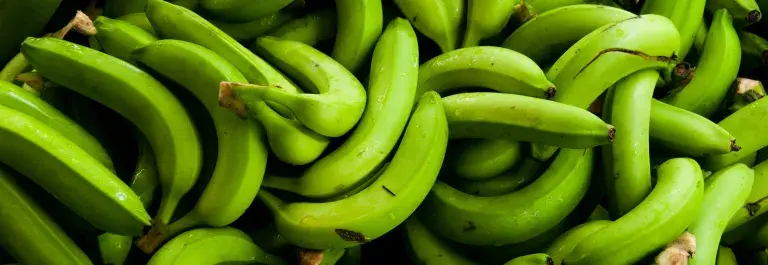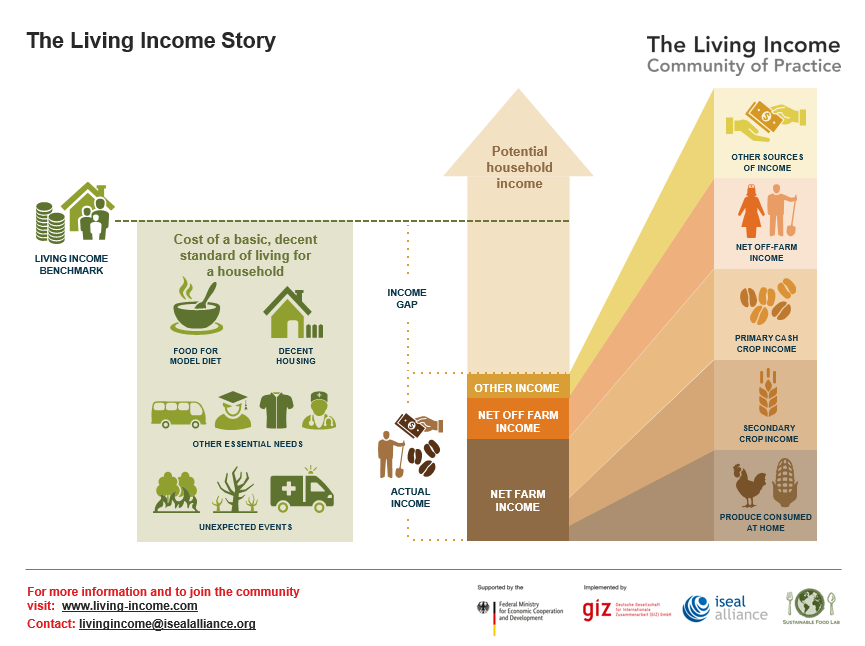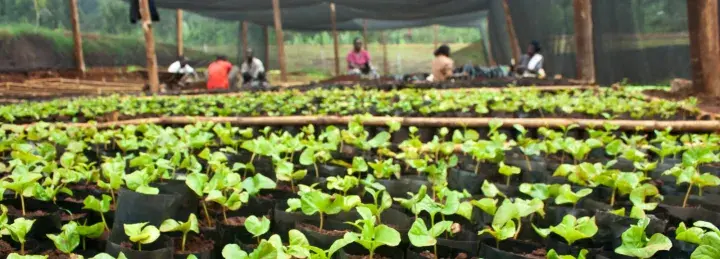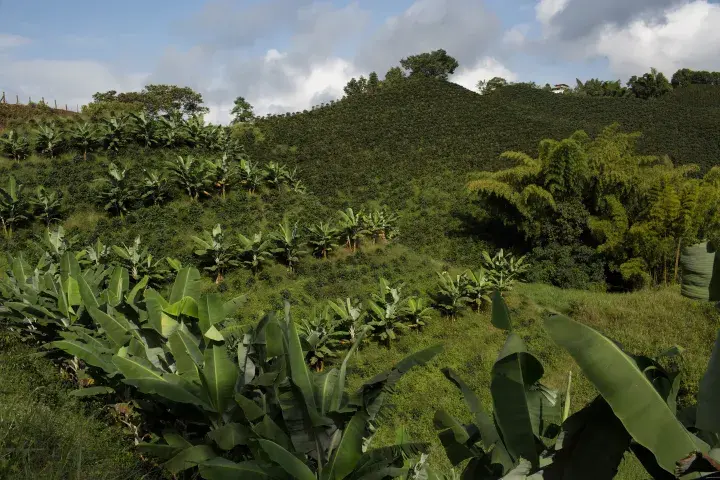How can we claim a product is sustainable if the farmers producing its ingredients are not earning enough for a decent standard of living? As we progress on the topic of sustainability, we need a sense of urgency in addressing the global issue of income inequality.
What is a Living Income?
Initially inspired by the living wage discussions in the garment sector, the living income debate has picked up momentum and is understood as a complex issue. Both the concept of a living wage and living income have the same goal: achieving a decent standard of living for all.
The Living Income Community of Practice defines living income as: “The net annual income required for a household in a particular place to afford a decent standard of living for all members of that household”.
Working together to improve livelihoods for small producers
GIZ, ISEAL and Sustainable Food Lab founded the Living Income Community of Practice in 2015, after realising that this complex issue will be best solved through collaborative effort and streamlined interventions. The community of practice is open to everyone interested in the challenge of improving livelihoods for small producers. Its objectives are simple:
- Provide a clear measurement for living income benchmarks
- Facilitate discussions and develop new strategies to help close the income gap.
Components of a living income benchmark
The diagram below, designed by the Living Income Community of Practice, describes the components of a living income benchmark. It looks into the constituent parts of the actual income of an agricultural small producer and illustrates the continued existence of the gap between the two.




